Roadside Assistance chooses Volkswagen ID. Buzz Cargo
Modifications Volkswagen ID. Buzz Cargo Roadside Assistance
The Wegenwacht edition of the Volkswagen ID. Buzz Cargo did undergo some modifications to make the bus suitable for breakdown service. The vehicles have a unique installation built from lightweight materials. The ID. Buzz has a universal spare tire, multiple batteries and an on-board starting system. Because a Roadside Assistance must also be able to provide first aid, the electric bus is also equipped with a first aid kit.
Extra weight
In total, the extra weight comes to about 600 kilograms. With that comes the range of the ID. Buzz Cargo is expected to top out at about 250 kilometers. Optionally, the new ANWB bus can also carry a so-called charger on the tow bar so that the ID. Buzz stalled electric cars can recharge on site.
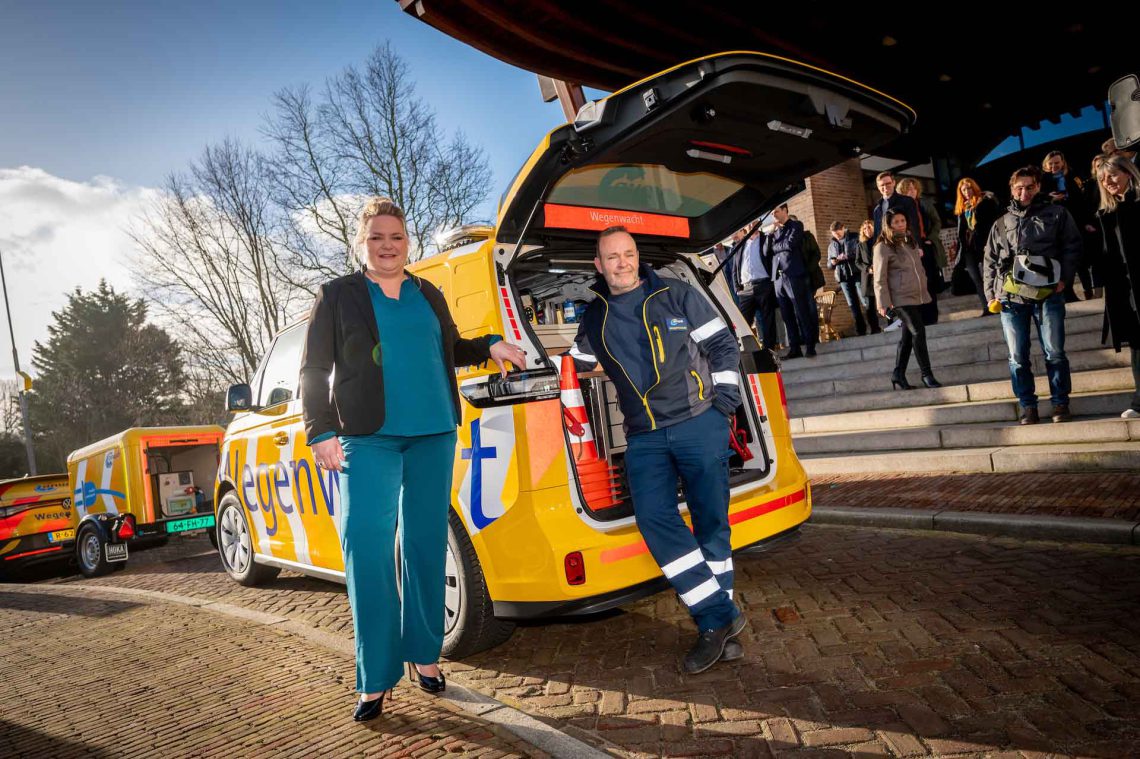
Also still thick 110 copies Volkswagen ID.4
Except for the thirty Volkswagens ID. Buzz Cargo ordered the ANWB Wegenwacht even more Volkswagens. Not only have fifty ID.4s been driving around since last year on behalf of the ANWB, 110 more will be added this year. By 2030, the goal is for all roadside assistance vehicles to run locally emission-free.
The ANWB is also installing 150 new charging stations this year. The first half of these charging stations will be installed at roadside assistance centers in Amsterdam, The Hague-Ypenburg and Utrecht.
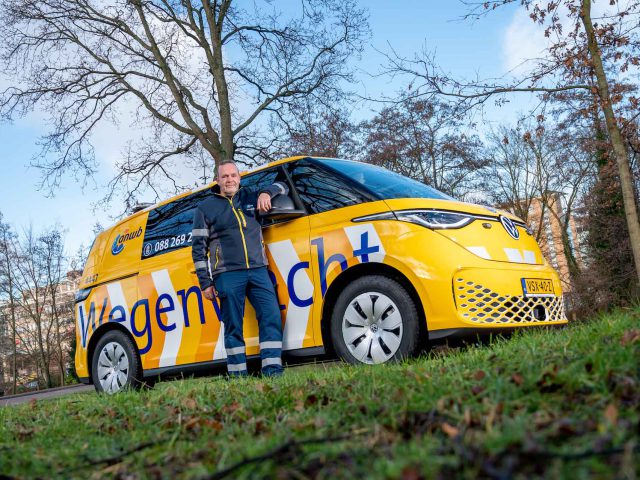
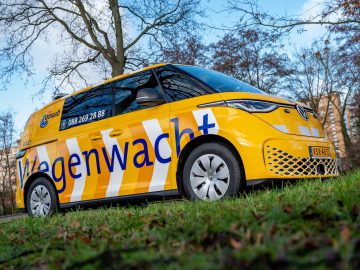
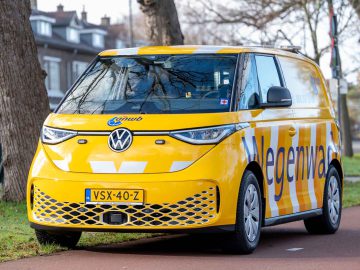

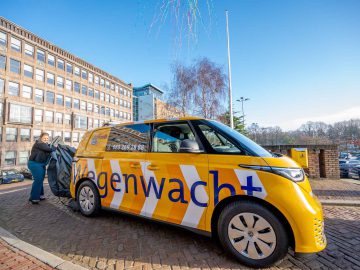
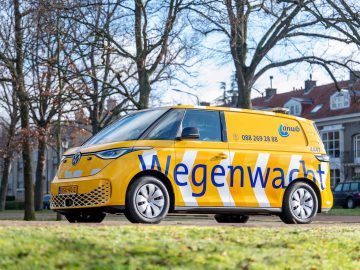
History of Volkswagen and ANWB
The cooperation between Volkswagen and the ANWB Wegenwacht has existed for nearly five decades. It all began in the mid-1970s, when the roadside assistance agency saw in the first generation of the Volkswagen Golf the ultimate vehicle for roadside assistance. The second, third and fourth generation Golf were also given that role. A unique feature of the first two generations of Wegenwacht-Golfs was the light box on the roof, which was shaped like a triangle with the point forward. That shape was the most aerodynamic and it saved the ANWB 100,000 guilders in annual fuel costs compared to a regular light bar.
Polyester roof
The Golf III also had an important novelty for the Highway Department. Of that model generation, an estate wagon (Variant) appeared for the first time, offering much more interior space than the regular hatchback. Moreover, the Golf III did not have a light box, but a polyester roof with integrated indicators. The distinctive “blinker ears” on the first two Wegenwacht-Golfs were a thing of the past from that generation on. The Highway Department’s Golf IV was also a station wagon with a polyester roof.
Polo, Touran, Caddy
For city use, the Wegenwacht added the Volkswagen Polo to its fleet in 1996, including the special Polo Van version. That same year, the organization called on the Transporter T4. The T5 and T6 also served as breakdown vehicles thereafter. In 2004, the Volkswagen Touran took over from the Golf and Polo.
The extra space offered by the Touran and Transporter was needed because the roadside assistance at that time had to carry more and more equipment due to the increasing complexity of cars. For example, the Touran had a lift cushion for changing tires and the Transporter had a system to help people who had filled up with the wrong fuel. In 2010, the Wegenwacht also adopted the more compact Caddy. With an important reason, because its sliding doors made the work of the Wegenwachters along busy (highway) roads much safer.
e-Golf was first electric service car
The electric chapter of the ANWB Wegenwacht also started with Volkswagen. Indeed, in 2018, the e-Golf was the first electric passenger car to be used as a service vehicle. Since last year, the ID.4 has taken on that role.

